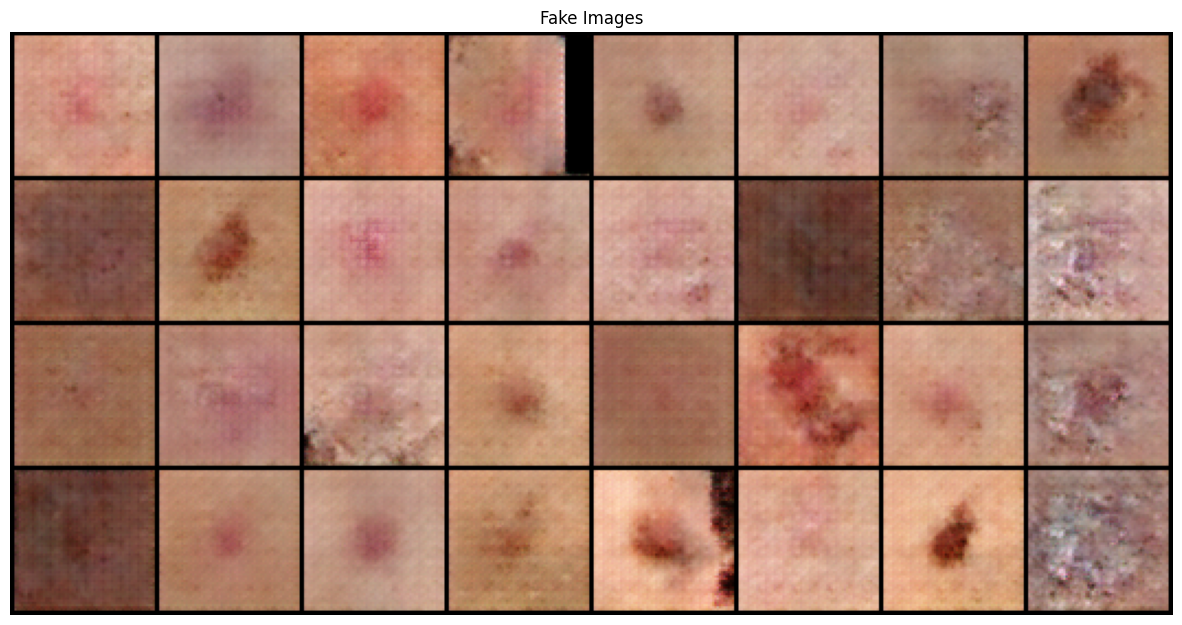GANs for Biomedical Image Augmentation
Date:
Generative Adversarial Networks (GANs) are a class of neural networks consisting of two models: a generator and a discriminator. The generator creates fake data, while the discriminator evaluates it against real data. Both networks train together in a competitive process, where the generator improves at creating realistic outputs, and the discriminator becomes better at distinguishing between real and fake data. Over time, the generator learns to produce high-quality, realistic images that are hard for the discriminator to distinguish from real data.
Data augmentation is crucial in deep learning because many datasets suffer from data imbalance, where some classes are underrepresented. This imbalance makes it difficult for models to generalize well and often leads to overfitting. By augmenting the dataset with additional synthetic images or variations of existing ones, we can improve diversity and create a more balanced dataset, helping models learn better features and generalize effectively across all classes.
In this project, a GAN was used for image data augmentation to address the limitations of small, imbalanced datasets. The GAN model was trained to generate synthetic images to increase data diversity. These generated images were then added to the original dataset, and the improved dataset was used to train a machine-learning model. Results showed that using GAN-based augmentation led to slight improvements in model performance, indicating the potential of GANs for enhancing dataset quality in deep learning tasks.
You can learn more about it here: code 
